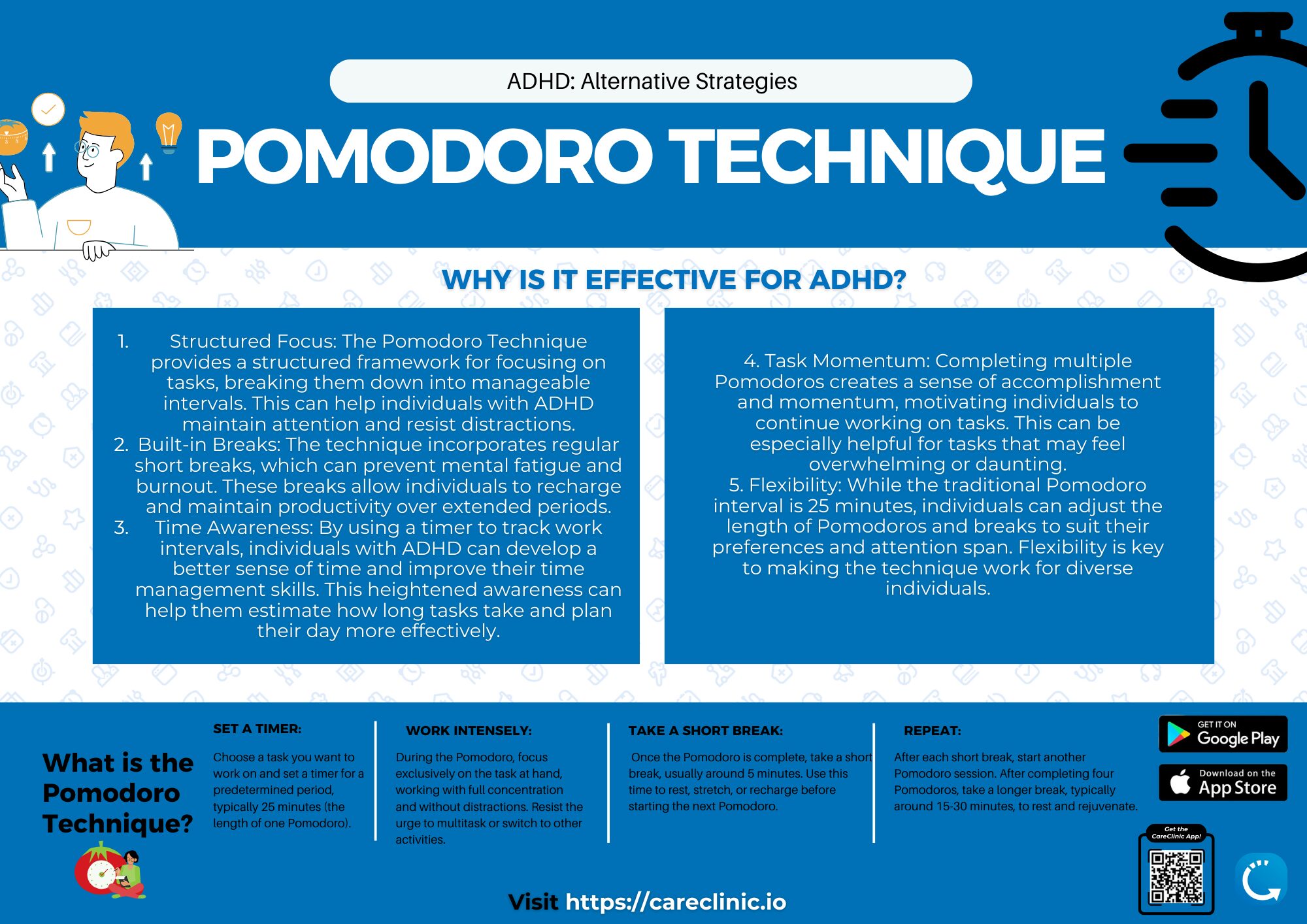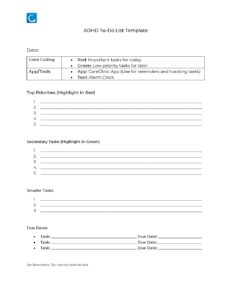
Attention Deficit Hyperactivity Disorder (ADHD) affects millions of people worldwide, making it challenging for them to focus on tasks, manage their time effectively, and stay organized. It can be a frustrating and overwhelming experience, leading to feelings of stress, anxiety, and inadequacy. However, there are tools and strategies available that can help manage the symptoms of ADHD and improve quality of life. One such tool is the ADHD to-do list.
To-do lists are a simple yet effective way to manage tasks, prioritize important things, and organize your day. It can be a helpful tool for anyone, but it’s especially useful for those with ADHD. With to-do lists, you can track your daily tasks, set reminders, and break down larger projects into small, manageable steps. The use of color coding, sticky notes, and other techniques can help to focus your attention and make it easier to remember important things.
In this article, we’ll explore the world of ADHD and how to-do lists can be helpful tool for managing symptoms. We’ll dive into the components of to do lists, including how to create and prioritize a single task, set reminders, and track progress. We’ll also discuss the benefits of using a to do lists, such as improved time management and reduced stress levels. After this article, you will master list-making!
Whether you’re a student struggling to keep up with schoolwork, a busy professional juggling multiple projects, or simply looking to make life easier, an ADHD to do list can be an incredibly valuable tool. So, let’s dive in and discover how a to do list can help manage the symptoms of ADHD and make your life more manageable.[1][2][3][4][5]
What is Attention Deficit Hyperactivity Disorder?
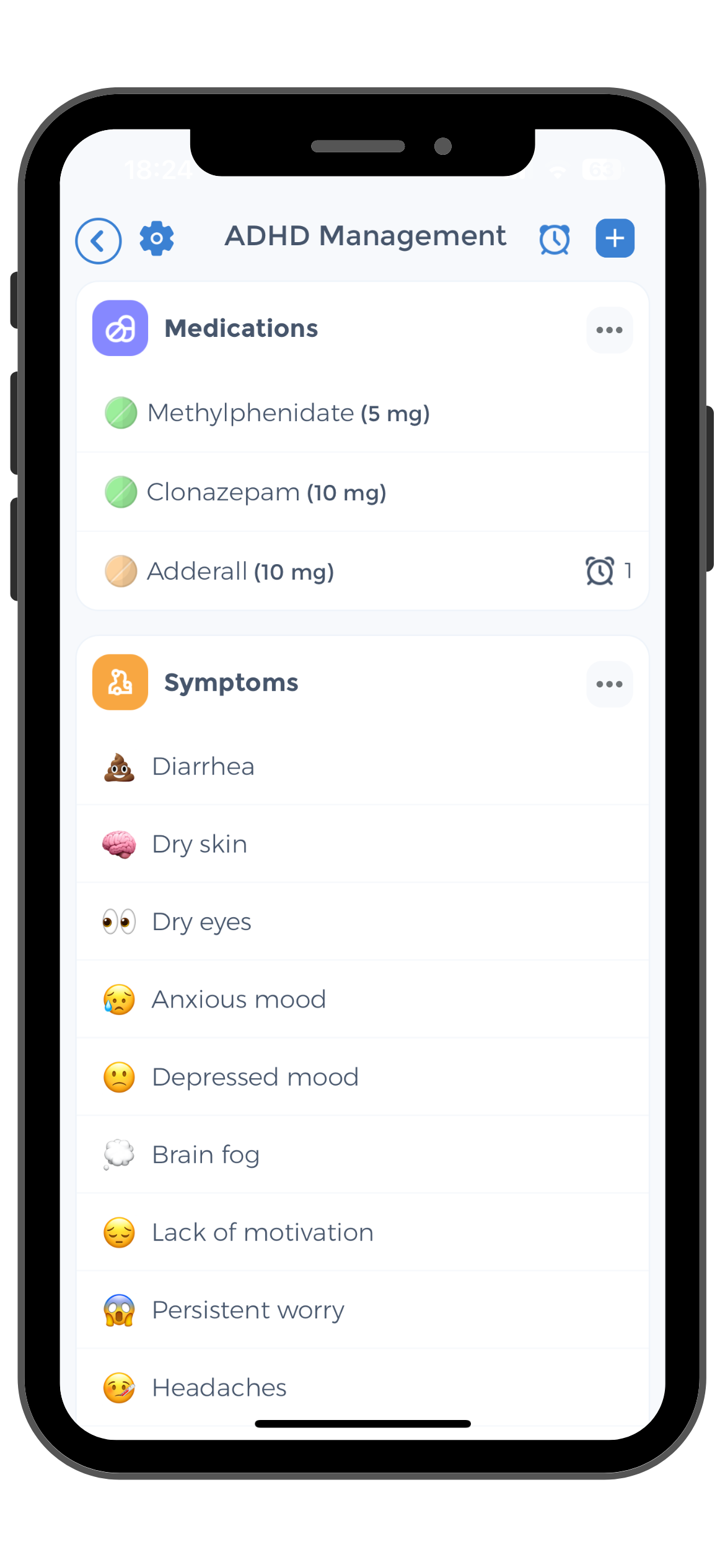 Attention deficit hyperactivity disorder (ADHD) is a neurodevelopmental disorder that affects people of all ages. ADHD is characterized by persistent inattention, hyperactivity, and impulsivity, which can cause significant impairment in social, academic, and occupational functioning, all typical of the ADHD brain. ADHD is one of the most common childhood disorders, and it affects approximately 6-9% of children worldwide as well as many adults.
Attention deficit hyperactivity disorder (ADHD) is a neurodevelopmental disorder that affects people of all ages. ADHD is characterized by persistent inattention, hyperactivity, and impulsivity, which can cause significant impairment in social, academic, and occupational functioning, all typical of the ADHD brain. ADHD is one of the most common childhood disorders, and it affects approximately 6-9% of children worldwide as well as many adults.
The exact cause of ADHD is not yet known, but research suggests that a combination of genetic and environmental factors in someone’s life contributes to an ADHD brain. ADHD is a highly heritable disorder, with up to 80% of the risk attributable to genetic factors. However, environmental factors, such as prenatal exposure to alcohol or tobacco, premature birth, and low birth weight, can also increase the risk of developing ADHD.
ADHD affects the brain’s executive functioning, which involves the ability to plan, organize, prioritize, and carry out tasks. Neuroimaging studies have shown that individuals with ADHD brain have differences in brain structure and function compared to neurotypical individuals. Specifically, ADHD brains have decreased volume of the prefrontal cortex, which is responsible for executive functioning, and alterations in the activity of certain neurotransmitters, such as dopamine and norepinephrine, which play a role in attention and impulse control.[6][7]
How Does ADHD Develop?
Combination of Genetic and Environmental Factors
ADHD brains are thought to develop due to a combination of genetic and environmental factors in someone’s life. Research suggests that ADHD is highly heritable, with genetic factors accounting for approximately 70-80% of the variance in ADHD. However, environmental factors, such as prenatal exposure to toxins, maternal stress during pregnancy, and low birth weight, have also been linked to an increased risk of ADHD.
Heritability of ADHD
ADHD is highly heritable, with up to 80% of the risk attributable to genetic factors. The specific genes involved in ADHD are not yet fully understood, but research suggests that multiple genes are involved, each of which contributes a small amount to the risk of developing ADHD.
Environmental Risk Factors
In addition to genetics, environmental factors can also contribute to the development of ADHD. Prenatal exposure to toxins such as lead, tobacco, and alcohol has been linked to an increased risk of ADHD. Maternal stress during pregnancy has also been associated with an increased risk of ADHD. Low birth weight and premature birth have also been identified as potential risk factors for ADHD.
Brain Structure and Function
People with ADHD happen to have differences in brain structure and function compared to neurotypical individuals. Some studies have shown that people with ADHD have a smaller prefrontal cortex and basal ganglia, which are brain regions responsible for executive functioning. Executive functioning refers to the ability to plan, organize, prioritize, and carry out tasks in life, and difficulties with executive functioning are a hallmark of ADHD. Studies have also shown that there are alterations in the activity of certain neurotransmitters, such as dopamine and norepinephrine, which play a role in attention and impulse control, in people with ADHD.
ADHD Diagnosis
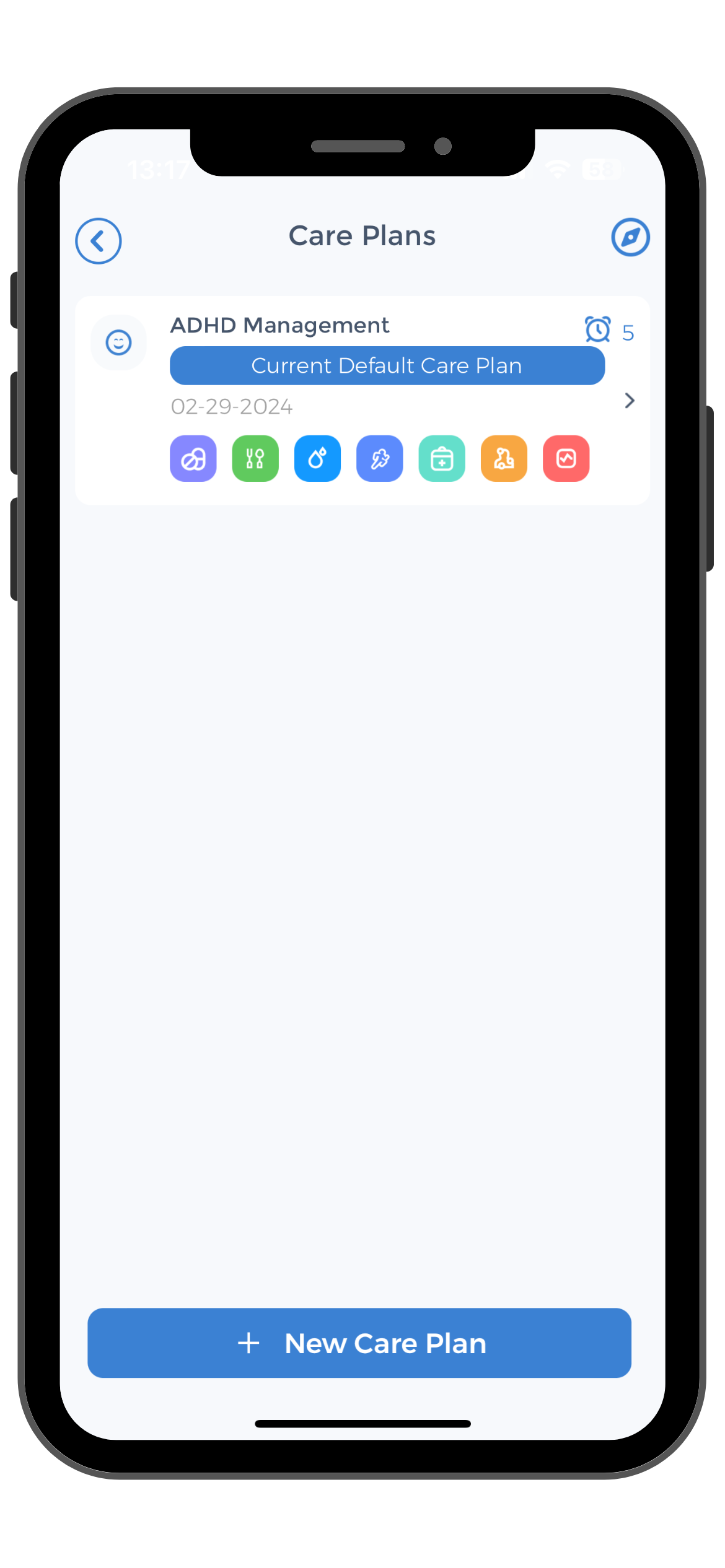 When diagnosing ADHD, a comprehensive evaluation is conducted which includes a medical exam, a clinical interview, and standardized rating scales completed by the patient, caregivers, teachers, and mental health professionals. The American Academy of Pediatrics (AAP) recommends using the Diagnostic and Statistical Manual of Mental Disorders, Fifth Edition (DSM-5) criteria to diagnose ADHD.
When diagnosing ADHD, a comprehensive evaluation is conducted which includes a medical exam, a clinical interview, and standardized rating scales completed by the patient, caregivers, teachers, and mental health professionals. The American Academy of Pediatrics (AAP) recommends using the Diagnostic and Statistical Manual of Mental Disorders, Fifth Edition (DSM-5) criteria to diagnose ADHD.
The DSM-5 outlines three subtypes of ADHD: inattentive, hyperactive-impulsive, and combined. To be diagnosed with ADHD, a patient must exhibit at least six symptoms of inattention, hyperactivity, or impulsivity that are present for at least six months and cause impairment in two or more settings, such as home and school. The symptoms must also be inconsistent with the individual’s developmental level and interfere with their functioning. Rating scales are often used to gather information about the individual’s symptoms and functioning.
It’s important to rule out other medical or psychiatric conditions that may present with symptoms similar to ADHD. Diagnosing ADHD in adults may be challenging because the symptoms may have been present since childhood but not recognized or diagnosed.
Additionally, adults with ADHD may develop coping strategies that mask the symptoms of ADHD, making them seem like neurotypical people. Special considerations may also need to be made for individuals with intellectual disabilities or those from culturally diverse backgrounds.
What are some Symptoms of ADHD?
ADHD is characterized by a persistent pattern of inattention and/or hyperactivity-impulsivity that interferes with functioning or development, which most people do not experience. The symptoms of ADHD can vary from person to person and may change over time. The DSM-5 outlines two core symptom domains of ADHD: inattention and hyperactivity-impulsivity.
Inattention symptoms of ADHD include:
- Trouble to stay focused on tasks or activities, including schoolwork or play
- Difficulty paying attention to details and making careless mistakes
- Hard time following instructions or completing tasks in the moment
- Avoidance or dislike of tasks that require sustained mental effort
- Tendency to lose items like phones, keys, or books
- Forgetfulness in daily activities, such as missing appointments
- Frequently changing activities or tasks
- Difficulty organizing tasks and activities
Hyperactivity-impulsivity symptoms of ADHD include:
- A sense of need to fidget or squirm
- Difficulty staying seated or at rest, even when expected to do so
- Difficulty engaging in quiet activities like reading or playing quietly
- Frequently talking excessively or interrupting others
- Difficulty waiting for turns or waiting in line
- Often blurting out answers before the question is completed
- Interrupting or intruding on others
- Excessive energy
While all individuals with ADHD may not exhibit every symptom, these symptoms can have a significant impact on an individual’s life. These symptoms may cause difficulty in social, academic, and occupational settings. In addition, individuals with ADHD may feel overwhelmed, frustrated, or anxious due to their symptoms. It’s important to note that these symptoms are not indicative of laziness or a lack of intelligence, but rather a neurological condition that requires treatment and support.
How is ADHD Managed?
ADHD can be managed through a combination of medication and behavioral therapy. Stimulant medications, such as methylphenidate (Ritalin) and amphetamines (Adderall), are the most commonly prescribed medications for ADHD. These medications work by increasing the availability of certain neurotransmitters in the brain, such as dopamine and norepinephrine, which can improve attention, focus, and impulse control. However, medication alone is not sufficient to manage ADHD symptoms, and behavioral therapy is also recommended.
Behavioral therapy for ADHD typically includes parent training, social skills training, and individual therapy. Parent training focuses on teaching parents strategies to manage their child’s behavior, such as providing clear instructions, setting up routines and structure, and rewarding positive behavior. Social skills training teaches children how to interact with peers appropriately, such as taking turns and resolving conflicts. Individual therapy can help children with ADHD develop coping strategies for managing their symptoms and energy and addressing any comorbid conditions, such as anxiety or depression.
In addition to medication and therapy, lifestyle changes can also be beneficial for managing ADHD symptoms. These may include regular exercise, adequate sleep, a healthy diet, and minimizing screen time. Additionally, organizational tools such as planners, timers, and to-do lists can help individuals with ADHD stay on track and manage their time more effectively.[8][9][10]
Attention Deficit Hyperactivity Disorder: Using To-Do Lists
Why Are To-Do Lists Useful
For individuals with ADHD, the symptoms of inattention and forgetfulness can make it difficult to keep track of daily tasks and responsibilities. This can lead to missed appointments, forgotten assignments, and disorganization in both personal and professional settings. Using to do lists can be a helpful strategy to manage the symptoms of ADHD and improve daily functioning.
David Allen, the author of “Getting Things Done: The Art of Stress-Free Productivity,” emphasizes the importance of using to do lists as a tool to manage tasks and reduce mental clutter. His approach, known as the GTD method, involves capturing all tasks and responsibilities into an ADHD to do list, clarifying the next steps for each item, and regularly reviewing and updating to do lists. This method can be especially helpful for individuals with ADHD, as it provides a clear and structured approach to managing tasks and reducing the risk of being overwhelmed.
A Practical Reason for Using a To-Do List
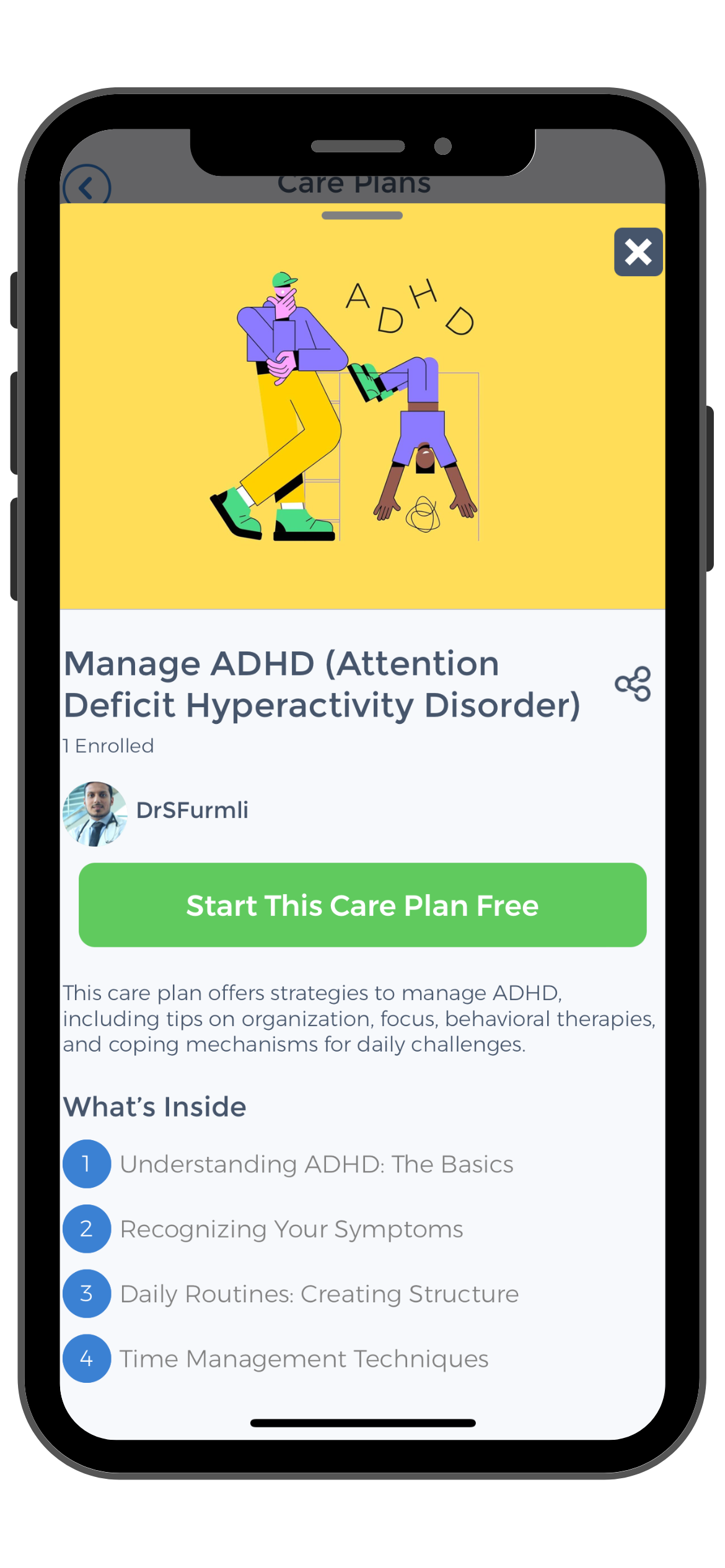 Creating an ADHD to do list can help individuals with ADHD to prioritize and focus on the most important tasks at hand. By writing down tasks or responsibilities, individuals can ensure that they are not overlooking important items or forgetting deadlines. Additionally, crossing off completed tasks on an ADHD to do lists can provide a sense of accomplishment and motivation to continue with other tasks.
Creating an ADHD to do list can help individuals with ADHD to prioritize and focus on the most important tasks at hand. By writing down tasks or responsibilities, individuals can ensure that they are not overlooking important items or forgetting deadlines. Additionally, crossing off completed tasks on an ADHD to do lists can provide a sense of accomplishment and motivation to continue with other tasks.
Using to do lists can also help individuals with ADHD to manage their time more effectively. By breaking down large tasks into smaller, more manageable steps, individuals can avoid feeling overwhelmed and reduce the risk of procrastination. This can also help to build self-esteem and confidence in one’s ability to complete tasks.
Another benefit of using to do lists is that it can improve communication and collaboration with others. For example, if an individual is working on a project with others, having a shared ADHD to-do list of tasks can help ensure that everyone is on the same page and aware of their responsibilities. This can also be helpful in professional settings, where deadlines and responsibilities are often shared among team members.[11][12]
Components of an ADHD To-Do List
Here are some components that can be helpful in creating an ADHD to-do list:
Write Things Down
Writing down stuff is essential for people with ADHD to help them remember things. This can include small tasks, like taking out the trash or paying a bill, as well as more essential things like going to a doctor’s appointment. A good idea is to create sticky notes and put them in a visible place. As a side note, doing a “brain dump” once in a while by writing down everything in your mind on a blank piece of paper can help people with ADHD organize themselves.
Set Reminders
Setting reminders tend to make life easier for people with ADHD. Using a smartphone or other device to set reminders for tasks and your daily routine can help ensure that nothing is forgotten and prevent worrying about missing stuff.
Color Coded Tasks
Color coding tasks can be a good idea for visual learners or those who need an extra level of organization. For example, a red highlight may indicate an important task that needs to be completed today, while a green highlight may indicate a low-priority task that can be completed later.
Create a Short Task List
Focusing on a short ADHD to-do list of new tasks each day tends to help people with ADHD have a system and avoid feeling overwhelmed. Breaking down larger projects into smaller, more manageable tasks can also be helpful.
Track Due Dates
Keeping track of due dates can help people with ADHD prioritize their tasks and avoid missing deadlines. More examples include things like schoolwork or job deadlines. This can also be useful in keeping track of what you accomplished today.
Use a Phone or An App
Many people with ADHD find that using a phone or app to keep track of tasks and reminders is helpful. A great app to use to help with a to do list is the CareClinic App. Read the next section for all the useful features the app has for making an ADHD to do list.
Join a Facebook Group
Joining a Facebook group for people with ADHD can provide support and accountability. Some groups even have daily check-ins where members can share what they accomplished that day. Think of it like a social media to-do list
By including these components in a to-do list, people with ADHD can better organize their tasks, prioritize important things, and track their progress on a daily basis. A well-designed to-do list does not have to be a long to do list and can also help break down larger projects into manageable tasks, making it easier to focus and avoid feeling overwhelmed.[13][14][15][16]
Download Free ADHD-To-Do-List-Template
⬇️ Download Free ADHD-To-Do-List-Template[17][18][19]
How the CareClinic App Can Help
Task list-making can seem like a very overwhelming thing, especially for people with ADHD. However, the CareClinic can make things a lot easier. The app has a dedicated diary section that allows you to write down all the things that you need to complete. Furthermore, other things on the app include a medication section, where you can track all the medications you are taking and get daily reminders for them, and a symptoms section, where you can record all the symptoms you experience. Next time you visit the doctor, all this information will be handy in your pocket!
All in all, ADHD is a widely prevalent condition and can be extremely frustrating for individuals going through it. Whether it be difficulty focusing or forgetting things, ADHD can negatively affect an individual’s personal and professional life. This is why it is important to have tactics to deal with ADHD symptoms, and one of these is to-do lists. These lists can be super valuable in helping individuals plan their days and note down important things to continue living as normally as possible!
⬇️ Download the CareClinic App
Sources
- Allen, D. (2002). Getting things done: The art of stress-free productivity. Penguin.
- American Academy of Pediatrics. (2019). Clinical practice guideline for the diagnosis, evaluation, and treatment of attention-deficit/hyperactivity disorder in children and adolescents. Pediatrics, 144(4), e20192528.
- Castellanos, F. X., & Proal, E. (2012). Large-scale brain systems in ADHD: beyond the prefrontal–striatal model. Trends in cognitive sciences, 16(1), 17-26.
- Centers for Disease Control and Prevention. (2021). Attention-deficit/hyperactivity disorder (ADHD). Retrieved from https://www.cdc.gov/ncbddd/adhd/data.html
- Franke, B., Neale, B. M., Faraone, S. V., & Genome-wide association studies in ADHD. (2012). Human genetics, 131(12), 1877-1895.
- MayoClinic (2023). Adult attention-deficit/hyperactivity disorder (ADHD). https://www.mayoclinic.org/diseases-conditions/adult-adhd/symptoms-causes/syc-20350878
- National Institute of Mental Health. (2021). Attention-deficit/hyperactivity disorder. Retrieved from https://www.nimh.nih.gov/health/topics/attention-deficit-hyperactivity-disorder-adhd/index.shtml
- Thapar, A., Cooper, M., Jefferies, R., & Stergiakouli, E. (2013). What causes attention deficit hyperactivity disorder?. Archives of Disease in Childhood, 98(1), 44-48.
References
- “Optimizing To-Do Lists for ADHD”. https://onetask.me/blog/optimizing-todo-lists-for-adhd
- “ADHD To-Do List: Strategies for Staying Organized and Focused — PKJ Coaching”. https://pkjcoach.com/blog/adhd-to-do-list
- “Effective Daily To-Do Lists for ADHD Brains”. https://dayoptimizer.com/adhd/effective-daily-to-do-lists-for-adhd-brains
- “25 Strategies for Time Management for those with ADHD – Ellen's Blog, Professional Organizing for Kingwood & Houston”. https://professional-organizer.com/WordPress/25-strategies-for-time-management-for-those-with-adhd/
- “How I use AI to help my ADHD – 5 tools that will help you keep on top of life and 1 mistake to watch out for”. https://www.techradar.com/computing/artificial-intelligence/how-i-use-ai-to-help-my-adhd-5-tools-that-will-help-you-keep-on-top-of-life-and-1-mistake-to-watch-out-for
- “The global prevalence of attention deficit hyperactivity disorder in children and adolescents: An umbrella review of meta-analyses – PubMed”. https://pubmed.ncbi.nlm.nih.gov/37495084/
- “Environmental risk factors for attention-deficit hyperactivity disorder – PubMed”. https://pubmed.ncbi.nlm.nih.gov/17718779/
- “The neurobiological basis of ADHD – PMC”. https://pmc.ncbi.nlm.nih.gov/articles/PMC3016271/
- “An overview on neurobiology and therapeutics of attention-deficit/hyperactivity disorder – PMC”. https://pmc.ncbi.nlm.nih.gov/articles/PMC10501041/
- “Attention-Deficit/Hyperactivity Disorder (ADHD) – Pediatrics – Merck Manual Professional Edition”. https://www.merckmanuals.com/professional/pediatrics/learning-and-developmental-disorders/attention-deficit-hyperactivity-disorder-adhd
- “GTD for ADHD (Getting Things Done): Powerful help or trash – ScoutUps”. https://scoutups.com/blog/gtd-for-adhd/
- “The Art of the To-Do List – CHADD”. https://chadd.org/adhd-weekly/the-art-of-the-to-do-list/
- “ADD To-Do Lists: Time Management Strategies for ADHD Brains”. https://www.additudemag.com/add-to-do-lists/
- “18 Time Management Tips for People with ADHD – Calendar”. https://www.calendar.com/blog/18-time-management-tips-for-people-with-adhd/
- “To-do list strategies that actually work for ADHD brains”. https://www.getinflow.io/post/to-do-lists-that-work
- “ADHD Time Management Techniques for Improving Productivity”. https://www.sandiegopsychiatristsnps.com/blog/adhd-and-time-management-techniques-for-improving-productivity
- “Downloads – ADHD Counselling”. https://adhdcounselling.uk/downloads/
- “ADHD To-Do List & Example | Free PDF Download”. https://www.carepatron.com/templates/adhd-to-do-list
- “Free ADHD To Do List Template to Edit Online”. https://www.template.net/edit-online/437677/adhd-to-do-list
- “Time Management and ADHD: To-Do Lists – CHADD”. https://chadd.org/for-adults/time-management-and-adhd-to-do-lists/


